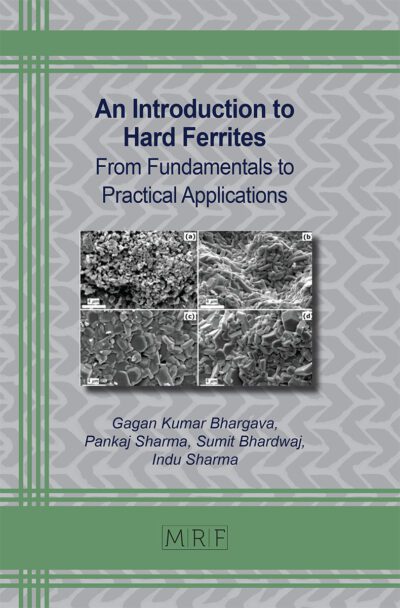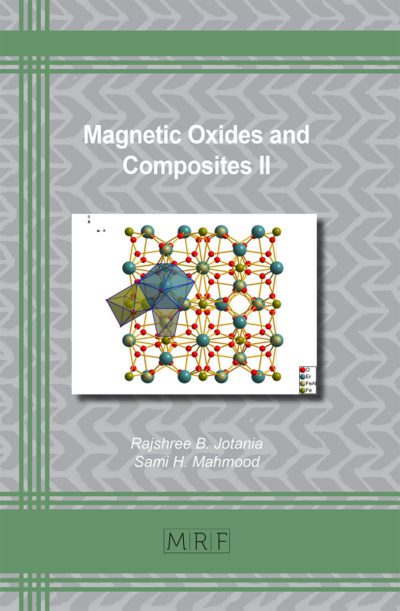–
Simulation-based analysis of electrical current induction in a device for electrochemical precision machining of Nd Fe B permanent magnets
THIELECKE Alexander, HACKERT-OSCHÄTZCHEN Matthias, MEICHSNER Gunnar, BERGER Thomas, LOEBEL Sascha, MARTIN André, SCHULZE Robin, SCHUBERT Andreas
download PDFAbstract. Sintered permanent magnets, consisting of the neodymium-iron-boron (Nd-Fe-B) alloy, are installed as rotor magnets in small and precision electric drives due to their high magnetic forces in small volumes. When permanent magnets are brought into their final shape by electrical discharge machining (EDM), the thermal influence of this manufacturing process has negative effects on the magnetic properties of the workpieces. In consequence, re-magnetization of the workpieces is necessary after the finishing process. As an alternative manufacturing technology, electrochemical precision machining with an oscillating electrode and pulsed direct current (PECM) has the potential to eliminate this subsequent processing step. Based on Faraday’s law of induction, an electrical induction current is expected to be generated by the cathode oscillation during the manufacturing process. In this study, the effect of the magnetic field of the workpiece on the process current and on the ablation-effective local electrical current density of the PECM process is analyzed based on multiphysics simulation.
Keywords
Electrochemical Machining, Permanent Magnets, Multiphysics Simulation
Published online 4/24/2024, 10 pages
Copyright © 2024 by the author(s)
Published under license by Materials Research Forum LLC., Millersville PA, USA
Citation: THIELECKE Alexander, HACKERT-OSCHÄTZCHEN Matthias, MEICHSNER Gunnar, BERGER Thomas, LOEBEL Sascha, MARTIN André, SCHULZE Robin, SCHUBERT Andreas, Simulation-based analysis of electrical current induction in a device for electrochemical precision machining of Nd Fe B permanent magnets, Materials Research Proceedings, Vol. 41, pp 2400-2409, 2024
DOI: https://doi.org/10.21741/9781644903131-264
The article was published as article 264 of the book Material Forming
![]() Content from this work may be used under the terms of the Creative Commons Attribution 3.0 license. Any further distribution of this work must maintain attribution to the author(s) and the title of the work, journal citation and DOI.
Content from this work may be used under the terms of the Creative Commons Attribution 3.0 license. Any further distribution of this work must maintain attribution to the author(s) and the title of the work, journal citation and DOI.
References
[1] B. J. Smith, M. E. Riddle, M. R. Earlam, C. Iloeje, D. Diamond, “EERE Technical Report Template: Rare Earth Permanent Magnets,” p. 15, 2022. [Online]. Available: https://www.energy.gov/sites/default/files/2022-02/Neodymium%20Magnets%20Supply%20Chain%20Report%20-%20Final.pdf
[2] H. Takezawa, N. Hirakawa, and N. Mohri, “Surface Magnetic Flux Density Patterning in EDM of Permanent Magnets,” Procedia CIRP, vol. 42, pp. 668–672, 2016. https://doi.org/10.1016/j.procir.2016.02.299.
[3] A. Schubert, G. Meichsner, M. Hackert-Oschätzchen, M. Zinecker, and J. Edelmann, “Pulsed Electrochemical Machining of Powder Metallurgy Steels, 7th International Symposium on Electrochemical Machining Technology. (2011), https://doi.org/10.24406/publica-fhg-372620
[4] A. Thielecke, M. Hackert-Oschätzchen, N. Komilov, G. Meichsner, T. Petzold, S. Loebel, A. Martin, R. Schulze, and A. Schubert, “Simulation-based analysis of electrical current induction in electrochemical precision machining of Nd-Fe-B permanent magnets,” Procedia CIRP, 2023. https://doi.org/10.1016/j.procir.2023.03.039.
[5] N. Ida, Engineering Electromagnetics. Cham: Springer International Publishing, 2015.
[6] A. Martin, T. Berger, S. Loebel, R. Schulze, A. Thielecke, M. Hackert-Oschätzchen, and A. Schubert, “Accuracy of pulsed electrochemical machining of NdFeB rotor magnets,” in International Symposium on Electrochemical Machining Technology 2023 (INSECT 2023), Saarbrücken: Center for Mechatronics and Automation Technology, 2023, 2023.

































